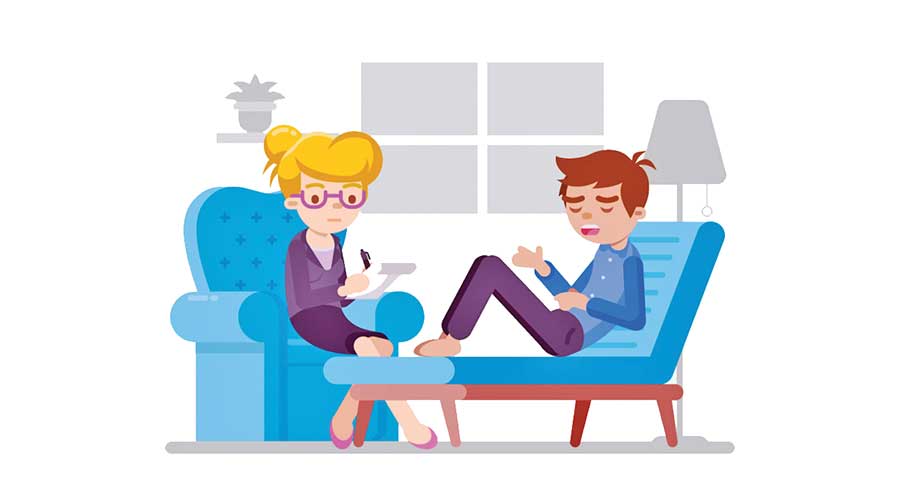ASK A PHYSICAL THERAPIST
- 13 Apr - 19 Apr, 2024

How to calm a panic attack?
A panic attack can last for hours. The best way to suppress it is to alert the person next to you that you’re possibly experiencing a panic attack. There are a few things you can try yourself too. The first thing is deep breathing – we would suggest grabbing a paper bag or an envelope and breathing into it. Focus on its expansion and contraction to calm down a little. Sitting on the floor can help you feel more grounded or feel less dizzy. Getting a glass of ice water and slowly sipping on it is also helpful. Once you feel slightly better, try to change your environment or take a nap. Most importantly, be kind to yourself because a panic or an anxiety attack – besides being mentally exhausting – is also physically tiring.
How do I know if I should be on medication for anxiety and depression?
When it comes to medication, people usually feel one of two ways about it. There are those who are “anti-medication” and would rather do just about anything to get better without the need for a prescription and then there are those who want medication because they see it as the “magic pill” that will take care of all their problems. Before jumping to medication, we would suggest seeking a medical professional to answer any questions you may have about the process. Ideally, consulting with a mental health therapist to identify what symptoms you are presenting with can help make sense of the process ahead. So, when is the right time to consider medication? We would say when you find that the anxiety or depression has become debilitating and starts to affect your ability to function. Do you find that anxiety or depression is causing strain in your relationships, or is it hard to maintain your focus at work because you are too in your head? These symptoms can affect your overall well-being, so you want to take action. Research has shown that a combination of both CBT and medication has been the most effective treatment intervention. With that being said, do note that medication is just one of the many available tools in the “anxiety toolbox.” Once you learn the skills to cope, start practicing what you have learned and implement these techniques into your daily routine you will begin to see positive changes.
COMMENTS